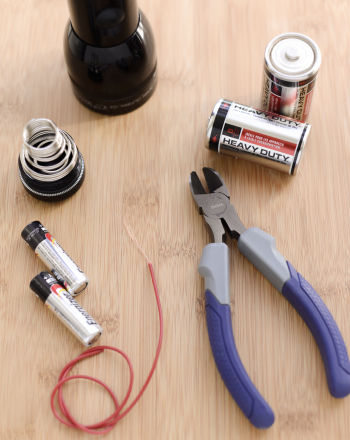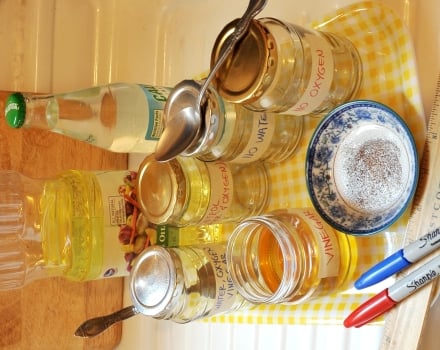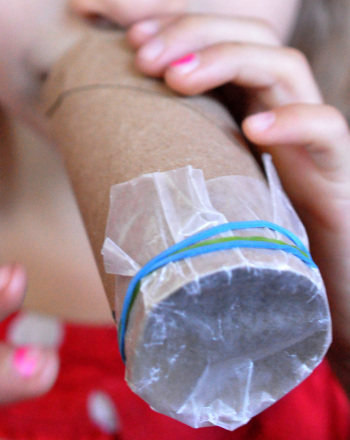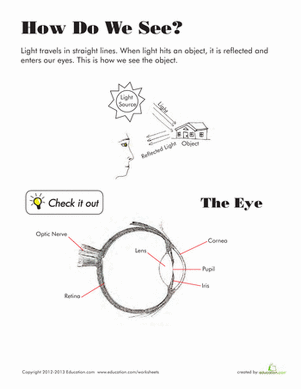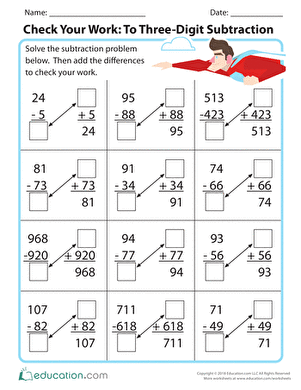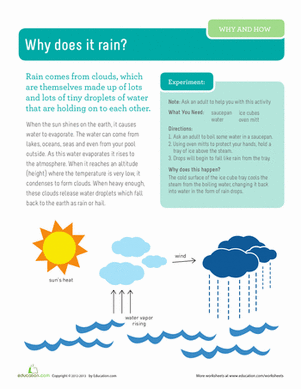Science project
How Does a Compass Work?
You are lost in the wilderness. You know there is a highway several miles north of you, but you don’t know which direction north is. Luckily, you have a magnet with you! How can you find your way using your magnet?
Problem:
How does a compass work?
Materials:
- Bamboo skewers or disposable wooden chopsticks
- Drinking glass
- At least one small bar magnet
- Thread
- Marker
- Graph Paper
- Tape
Procedure:
- Turn your drinking glass upside down.
- Take one bamboo skewer or chopstick and place it on top of your upside down glass. Make sure one end of the skewer is hanging over the edge of the glass.
- Tape your bamboo skewer in place.
- Take a look at your small bar magnet. If it doesn’t have its ends labeled, mark one end so you know which is which.
- Tie a string around the middle of the Small Bar Magnet. Tie the other end of that string to the end of the skewer hanging over the edge of the drinking glass. Make sure the small bar magnet is far enough above the table that you can draw under it.
- Put the assembled Compass in one corner of a sheet of graph paper. Trace a circle around the bottom of the glass.

- Keeping the bottom of the glass in the circle you drew, turn the compass so the small bar magnet hangs near one edge of the graph paper.
- Use your marker to make a mark on the graph paper under the spot where the skewer meets the edge of the glass. Make another mark underneath the end of the skewer.
- Connect these marks to indicate the direction that the skewer is pointing in.
- Wait for the Small Bar Magnet to stop moving. Once it’s still, draw an arrow underneath the bar magnet in the direction the magnet’s mark is facing.
- Without moving the paper, rotate your compass so that the skewer points in a new direction. Repeat steps 8 and 9. Remember to let the small bar magnet stop moving before you draw any arrows.

- After you have four or more arrow pairs drawn, take note of the directions the arrows are pointing. What do you notice?
Results:
All the arrows should point in the same direction. This direction is either north or south, depending on which end of the small bar magnet you marked.
Why?
Compasses have small magnets in them that rotate to match the earth’s magnetic field. That’s right—the whole planet acts just like a giant magnet! You’re around four thousand miles away from the center of earth’s magnetic field, a distance greater than the distance across the entire United States. Not only is the earth’s magnetic field powerful enough to move your magnet—it’s even powerful enough to move particles around in space. That’s where the aurora borealis comes from.
Our bar magnet is made of iron, a metal with a special property called ferromagnetism (Fair-O-Magnetism). This means that whenever iron is close to a magnet the magnet will induce, or make, the iron into another magnet that faces the opposite direction. This is how objects made of iron are able to stick to a refrigerator. Take your graph paper and put it on the ground next to one corner of your refrigerator. Do the same thing you did before, drawing arrows matching the direction of the magnet (use a different color marker to help you tell them apart). What do you notice about the direction of the arrows now?
The surface of the refrigerator acts as a large magnet that interferes with your compass’ direction. In addition, most refrigerators use magnets to hold them shut. If your compass gets close to either one of these sources of magnetism, it will react to that source’s magnetic field instead of the Earth’s magnetic field.
Education.com provides the Science Fair Project Ideas for informational purposes only. Education.com does not make any guarantee or representation regarding the Science Fair Project Ideas and is not responsible or liable for any loss or damage, directly or indirectly, caused by your use of such information. By accessing the Science Fair Project Ideas, you waive and renounce any claims against Education.com that arise thereof. In addition, your access to Education.com's website and Science Fair Project Ideas is covered by Education.com's Privacy Policy and site Terms of Use, which include limitations on Education.com's liability.
Warning is hereby given that not all Project Ideas are appropriate for all individuals or in all circumstances. Implementation of any Science Project Idea should be undertaken only in appropriate settings and with appropriate parental or other supervision. Reading and following the safety precautions of all materials used in a project is the sole responsibility of each individual. For further information, consult your state's handbook of Science Safety.

